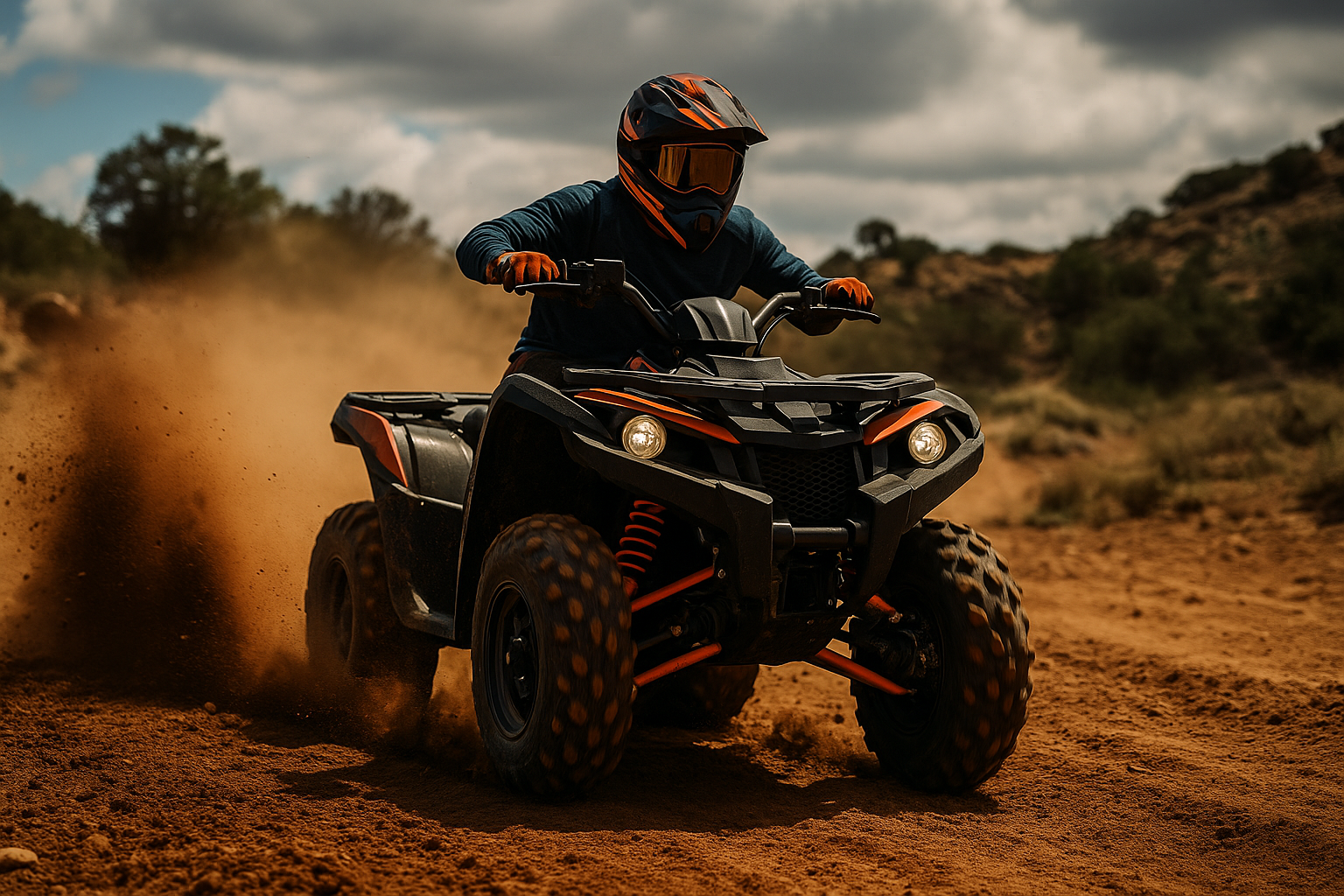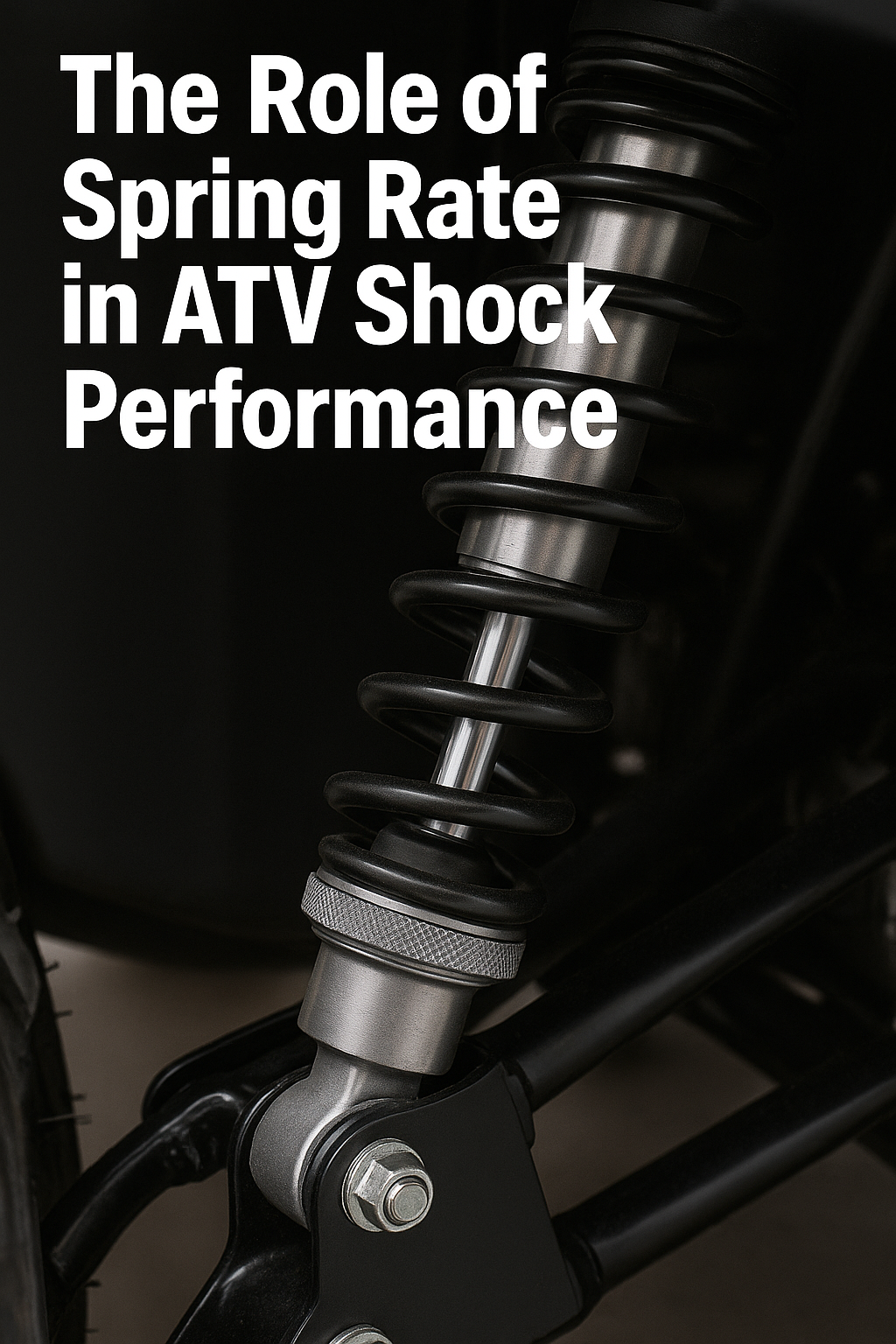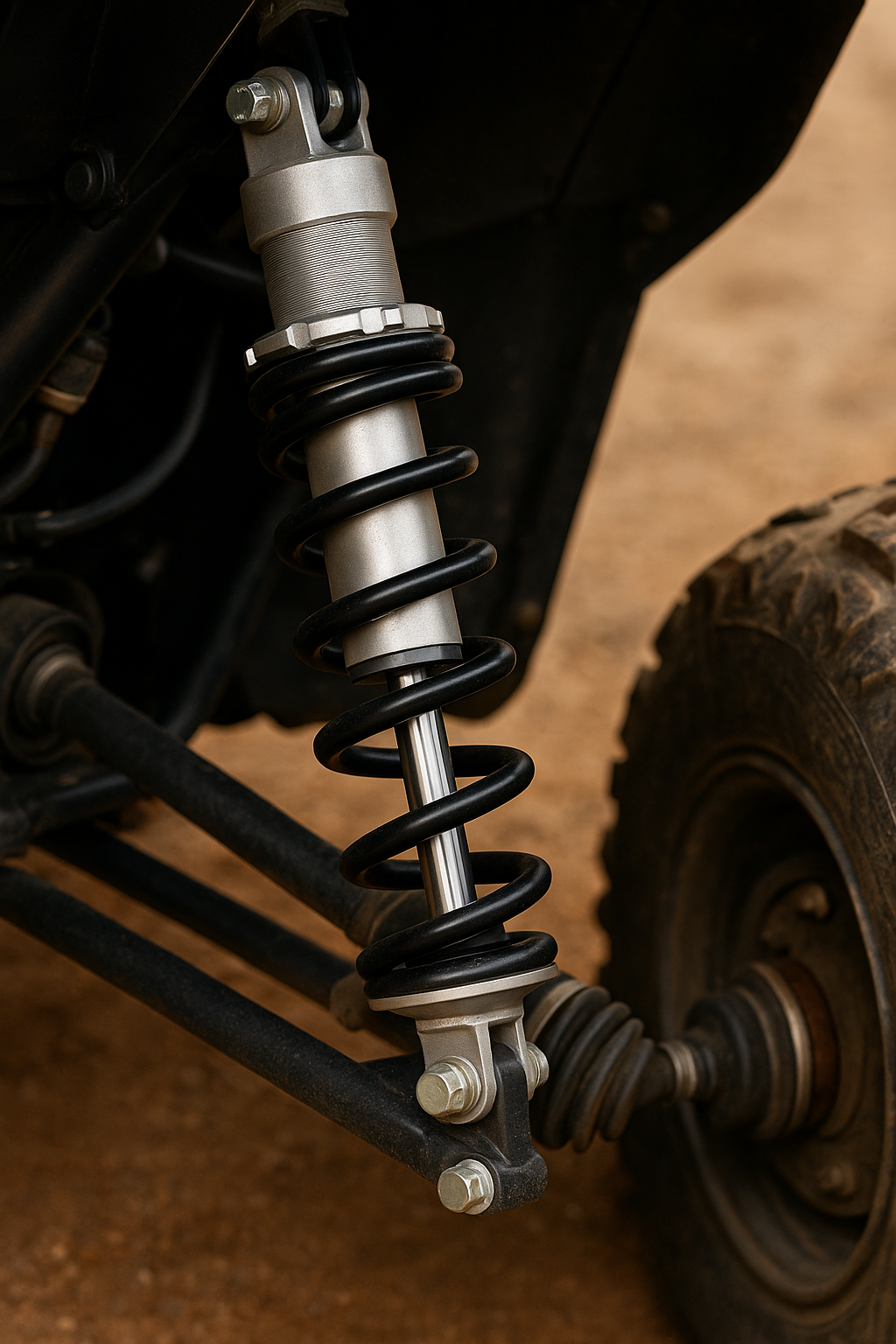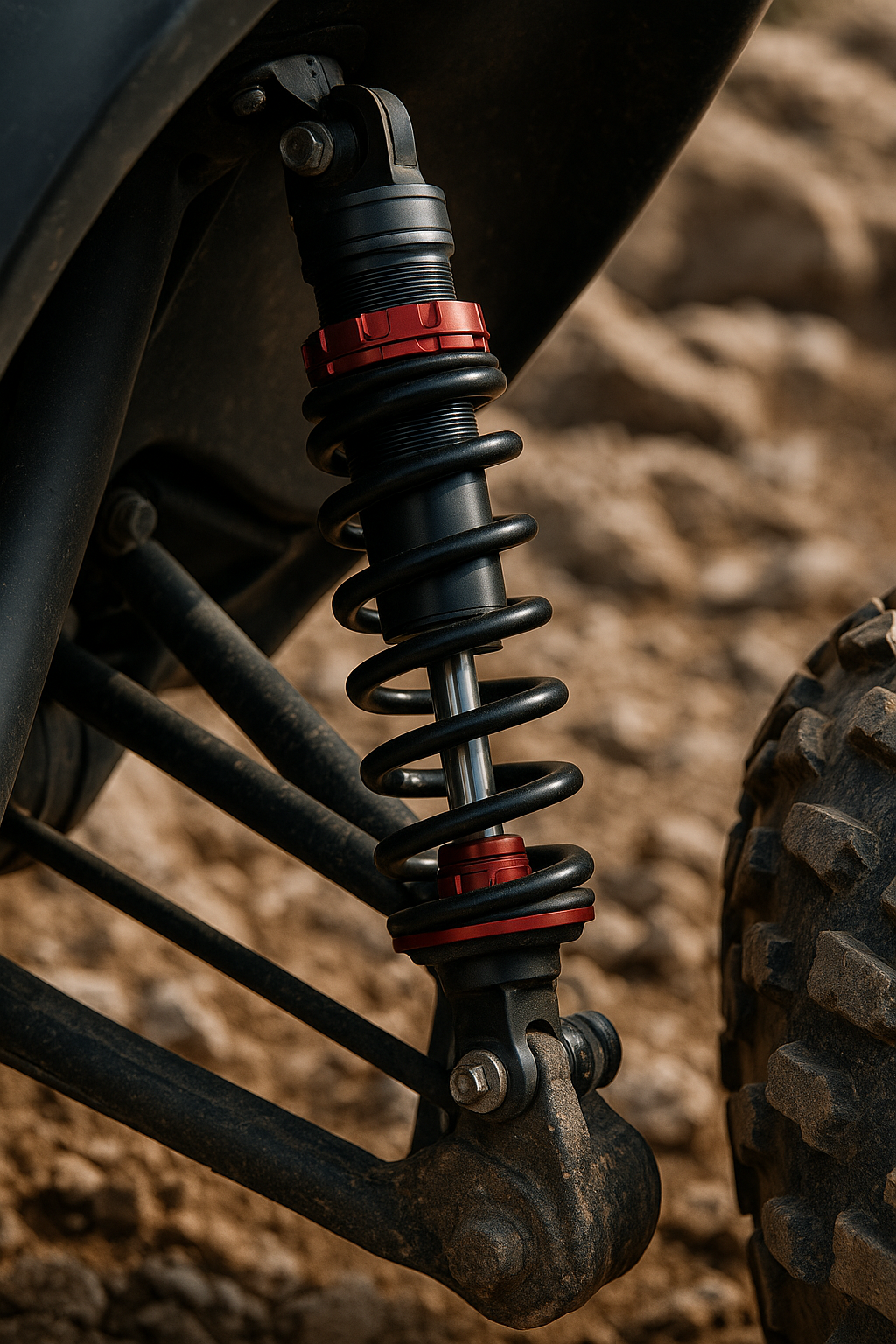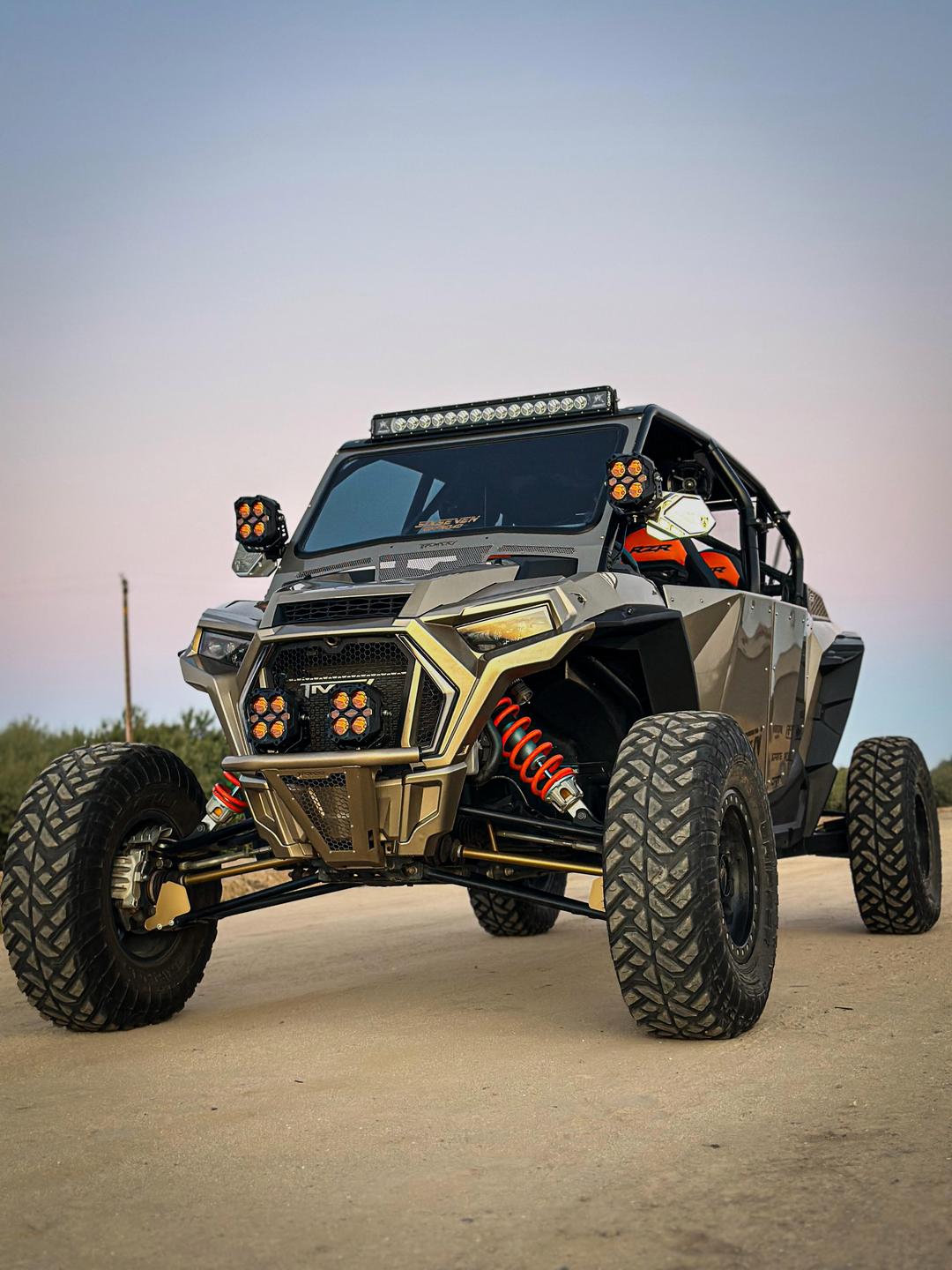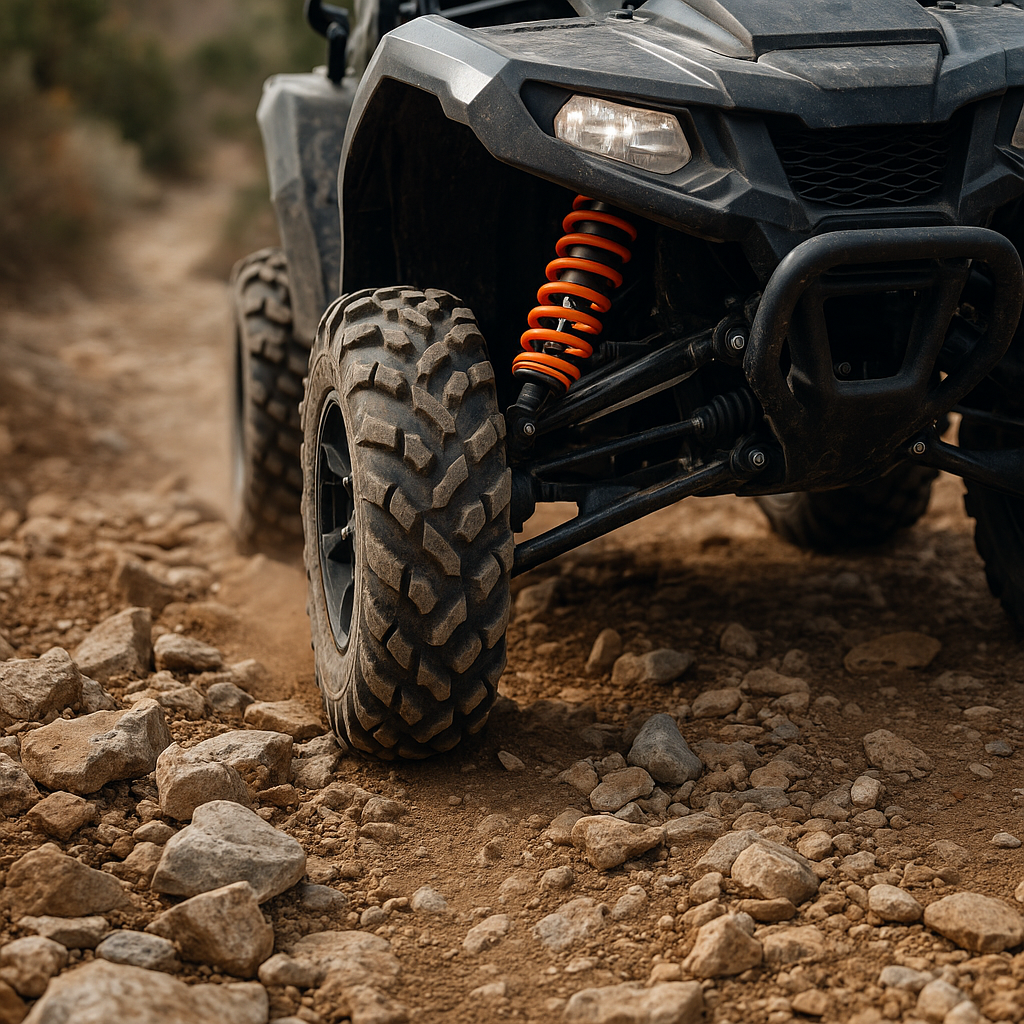
Built for Impact: How ATV Shocks Handle Terrain Stress Over Time
Terrain Doesn’t Just Test Your Ride—It Breaks the Unprepared
Every bump, dip, jump, or drop leaves a mark. Not always visible, but always accumulating. ATV shocks face a kind of stress that isn’t immediate—it’s cyclical, repeated, and deceptively destructive.
Poor-quality suspension components don’t usually fail all at once. They fade, leak, sag, or rattle. And when they do, the riding experience deteriorates slowly—but noticeably.
That’s why understanding how shock absorbers respond to terrain fatigue over time is critical—not just for the end-user, but for the integrity of the vehicle as a whole.
What Is Terrain Stress—and Why Is It So Damaging?
Unlike static load (which is predictable), terrain-induced stress is dynamic, random, and multi-axial. This includes:
-
High-frequency vibrations from gravel or trail chatter
-
Low-speed compression from slow technical riding
-
Repeated impact cycles from loaded suspension travel
-
Heat cycles that degrade fluid and seals internally
Over time, these stresses affect the entire system—leading to:
-
Oil aeration and damping fade
-
Microfractures in shaft or seals
-
Loss of rebound control
-
Internal valve fatigue
Generic shocks may hold up in lab tests—but real terrain reveals whether they’re engineered for endurance.
The Engineering Behind Terrain-Resilient Shocks
At Bedo, our approach to building terrain-tested shocks involves:
1. Fatigue-Resistant Materials
We use hardened steel shafts, anodized aluminum bodies, and thermal-stable seals to preserve strength under repeated flex and compression.
2. Consistent Damping Behavior
Shock oil viscosity and gas charging must remain stable across temperature changes. Our nitrogen-charged shocks and optimized valving maintain reliable response during long-distance and high-load use.
3. Simulated Terrain Lifecycle Testing
Every shock undergoes thousands of simulated travel cycles with load variation. It’s not enough for a shock to survive—it has to perform consistently at 90%, 95%, and 100% of its intended lifespan.
Why Durability Is More Than Just Strength
Shock durability isn’t about being “tough”—it’s about absorbing energy predictably, without deviation in ride response.
That predictability allows:
-
Safer handling under heavy use
-
Less vibration transferred to the chassis
-
Reduced driver fatigue
-
Lower maintenance and downtime over time
It also protects other systems—like tires, arms, bushings, and the frame—from premature wear.
How Bedo Designs for the Long Haul
As a specialized ATV shock manufacturer, Bedo builds for repeatability under stress, not just spec-sheet strength. That includes:
-
Internal pressure balancing for long-cycle damping control
-
Application-specific shaft coatings to reduce friction and wear
-
Modular architecture for shock rebuild or seal replacement
-
Tight quality control on fluid fill, nitrogen charge, and assembly torque
Our shocks are currently used in high-duty applications across farming, patrol, sports, and recreational ATVs—on terrains where failure isn’t theoretical—it’s measurable.
Real Durability Starts Before the Trail Does
It’s easy to overdesign for impact and overlook fatigue. But most shocks don’t fail on the first hard landing—they fail after hundreds of moderate ones.
That’s why building for terrain stress isn’t just a technical detail. It’s a performance commitment—one that separates temporary comfort from long-term ride quality.
At Bedo, we don’t build for just the trail. We build for the trail again, and again, and again.
🔧 View our shock absorber lineup
📩 Contact our team for terrain-specific suspension solutions

